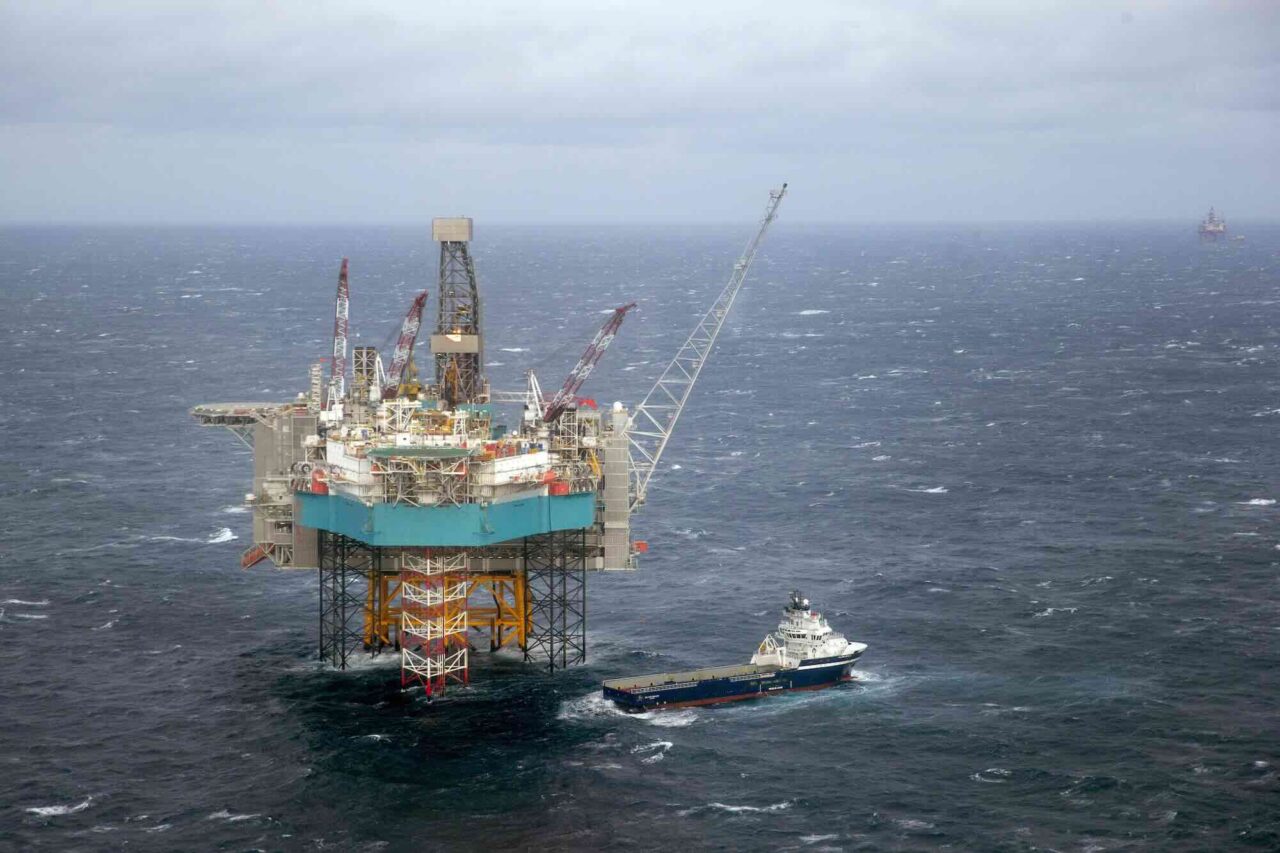
The Norwegian government has awarded 53 new licences for oil and gas production on the Norwegian continental shelf in the North Sea, Norwegian Sea and Barents Sea.
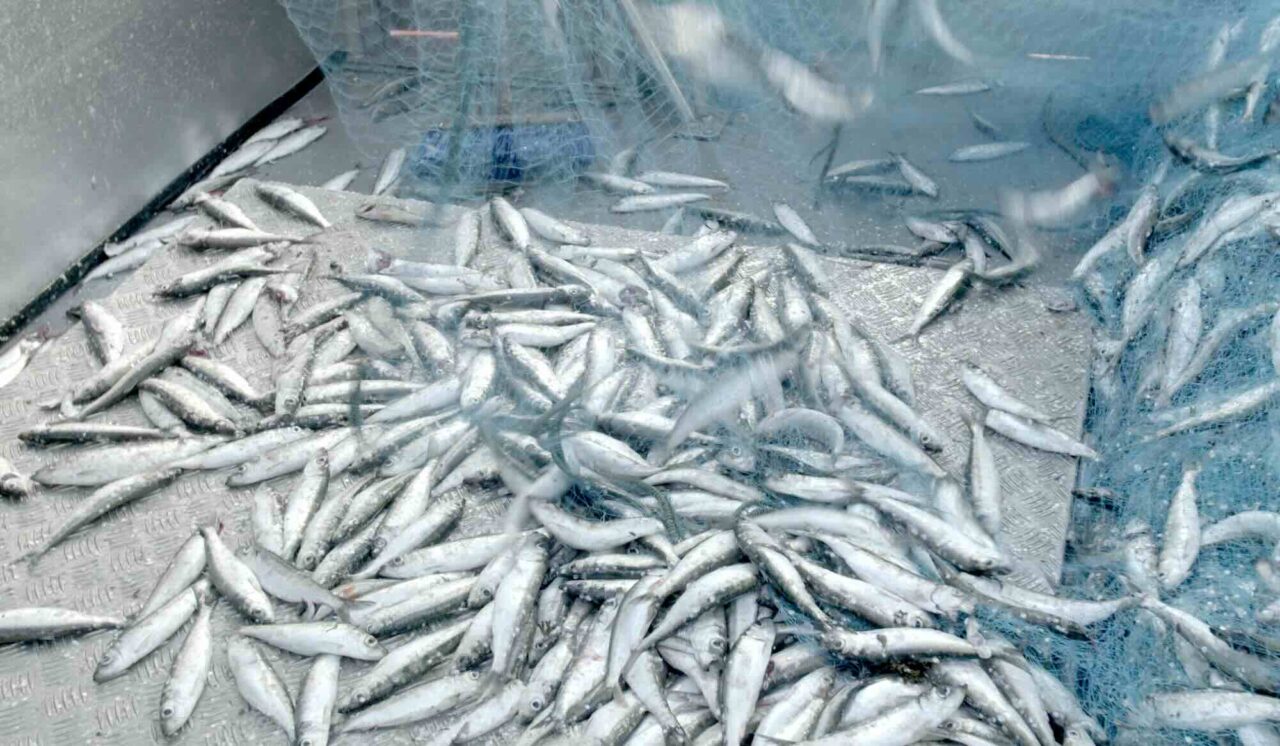
The Norwegian Directorate of Fisheries and Coast Guard recently carried out a number of inspections on Norwegian herring trawlers in the south-eastern North Sea, and the results are alarming.

The alleged ‘spy whale’ Hvaldimir was shot dead, claim the organisations One Whale and Noah. The animal rights organisations have filed a police report in connection with the whale's death, they said in a press release.
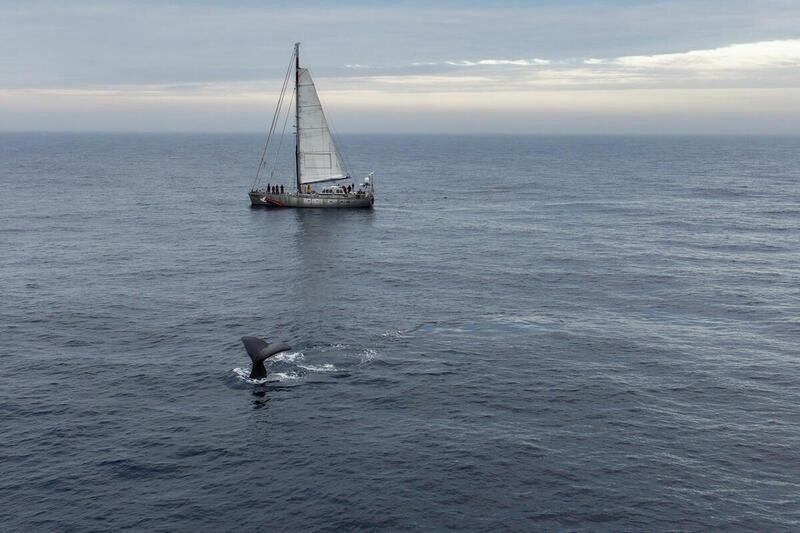
A research expedition in the North Atlantic has found several groups of sperm whales along with many other whale species in an area where Norway wants to conduct deep-sea mining.
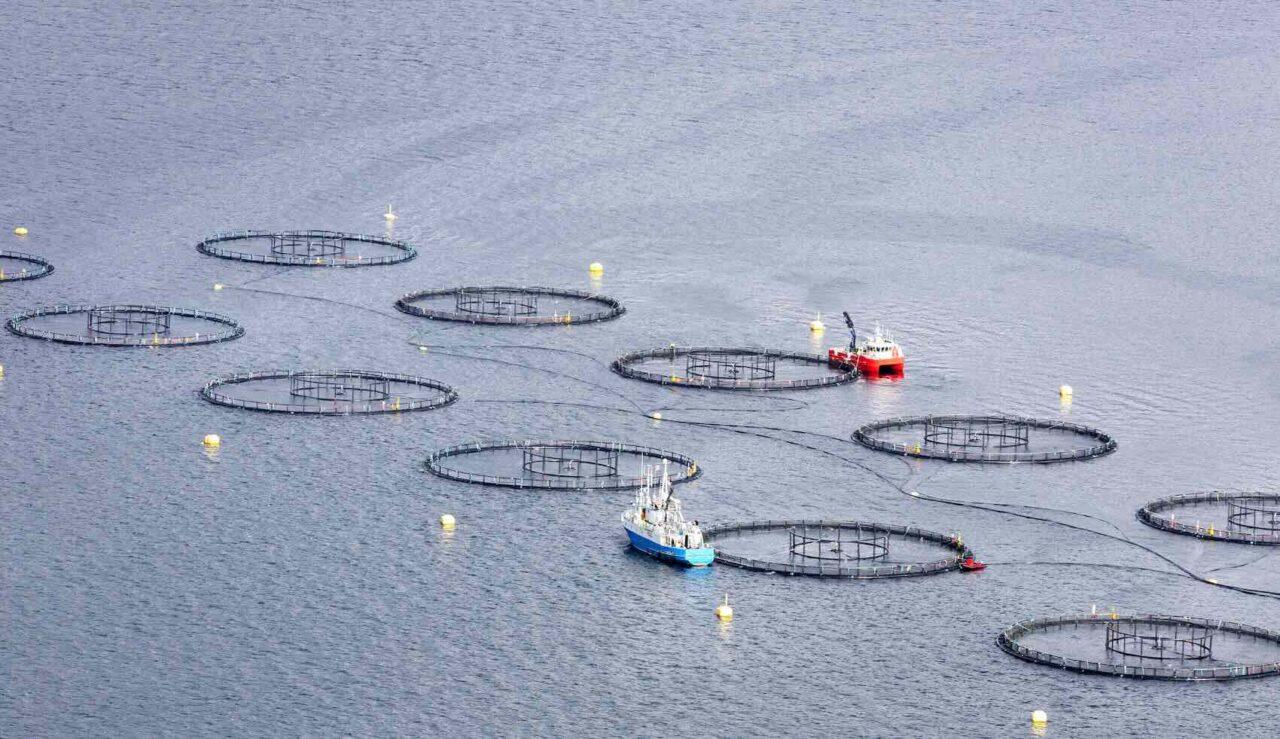
Seafood exports from Norway plummeted by a record amount, down by more than NOK 2 billion to NOK 12.1 billion in June, according to monthly figures from the Norwegian Seafood Council. Problems with salmon farms are behind the setback.

The salmon industry is beset with major problems - which they do everything to hide. Journalist and author Simen Saetre knows all about it. He has reviewed and written about the salmon industry for several years, including in the book "The New Fish".
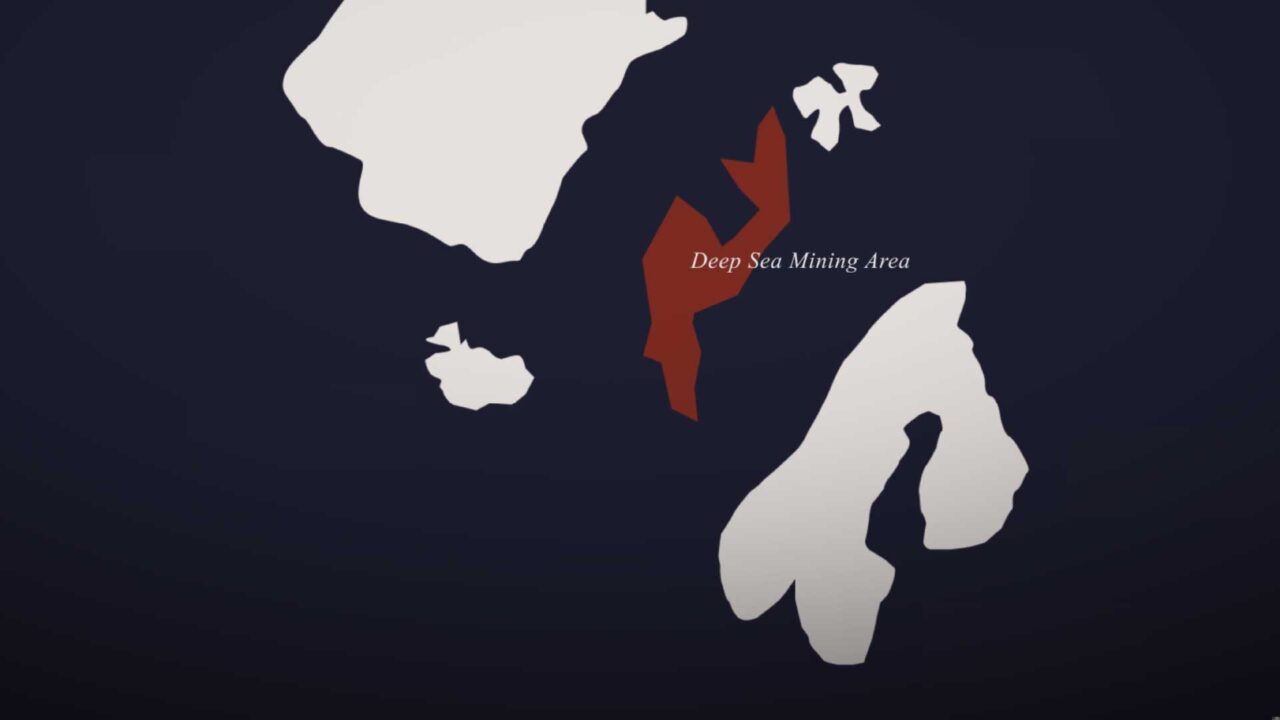
In a world that urgently needs to change from fossil to renewable, there is a growing need for rare minerals such as cobalt and manganese. When we find them above ground, it is often in small quantities, but now it is believed that there are large deposits four thousand meters below the surface, in the deep sea. And the hunt in the depths has begun.
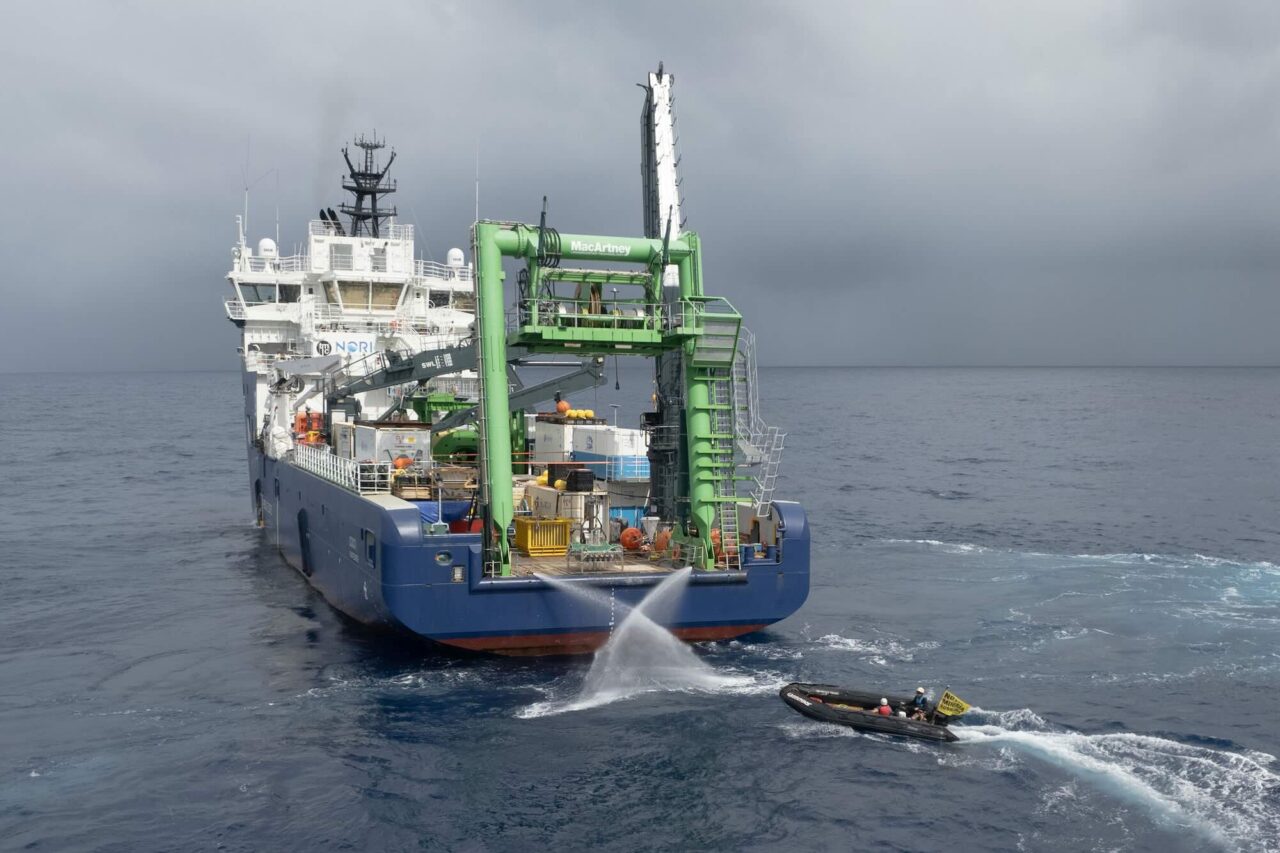
In a world that quickly needs to change from fossil to renewable, there is a growing need for rare minerals such as cobalt and manganese. When we find them above ground, it is often in small quantities, but now it is believed that there is hope for large deposits four thousand meters below the surface, in the deep sea. And the hunt for the bottom has begun.
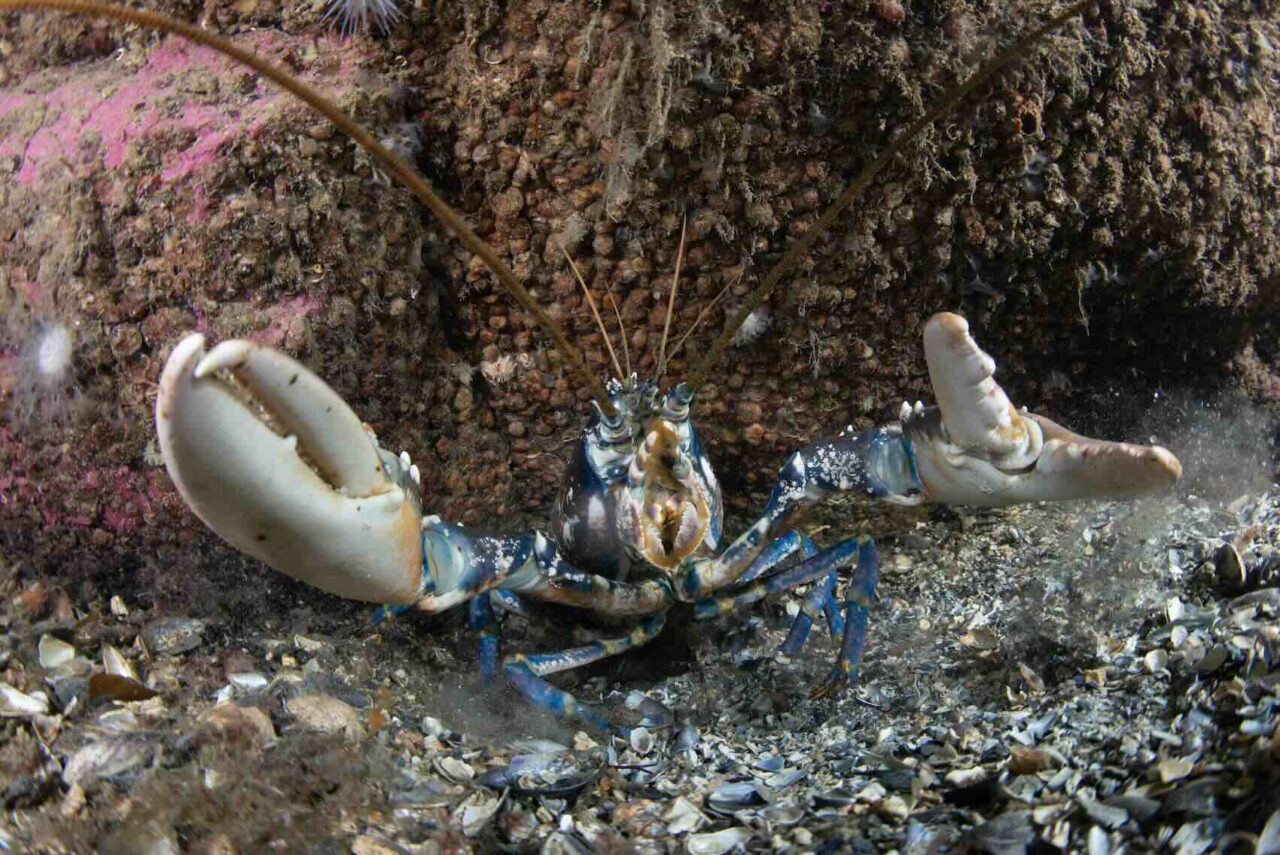
In 2023, relatively many lobsters were caught in the Swedish and Norwegian waters, but this was not because the number of lobsters has increased, on the contrary.
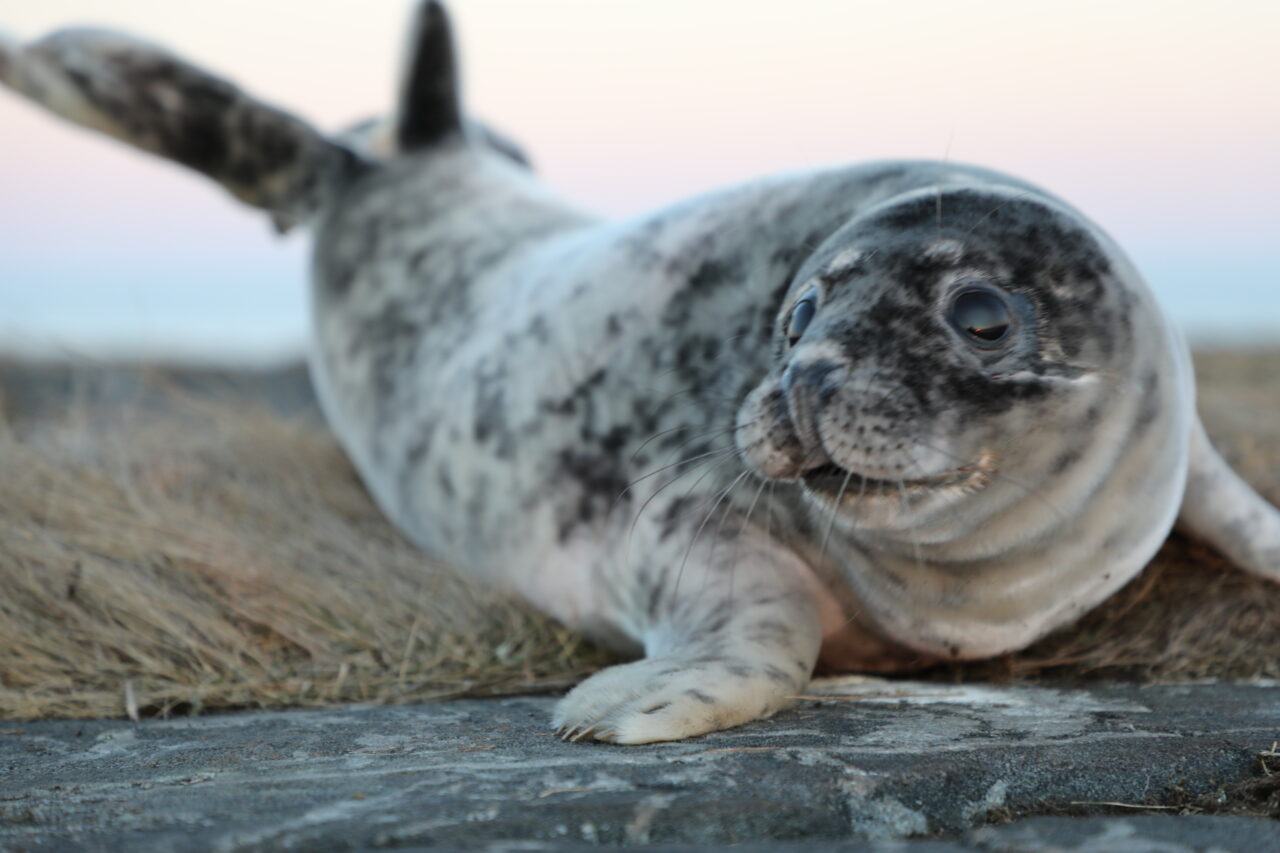
Sweden, Finland, and Norway conduct hunting for seals as trophy hunting. In most other countries, hunting of large marine mammals has been prohibited. In the USA, they have even banned the import of fish from countries that kill marine mammals to protect their fishing industry. Sweden doesn't have much fish to export, so that import ban is unlikely to affect us significantly. However, we hunt a large marine mammal – and that is unique.

New research should provide an answer to that question. -Historically, fish have hardly been considered animals, I think it is important to change that. If we see fish as animals, we might start to respect them more. That's what Marco Vindas says, who researches the behavior of fish, and is currently working on a world-unique project in Norway.

Øyvind Øverli, is a professor at the Norwegian University of Life Sciences. He tells us the story how the expansion of hydroelectric power plants in Norway led to an ecological disaster that has taken over 40 years to try to rectify and has cost taxpayers billions. He wonders if it is truly possible and advisable to attempt to fix nature.
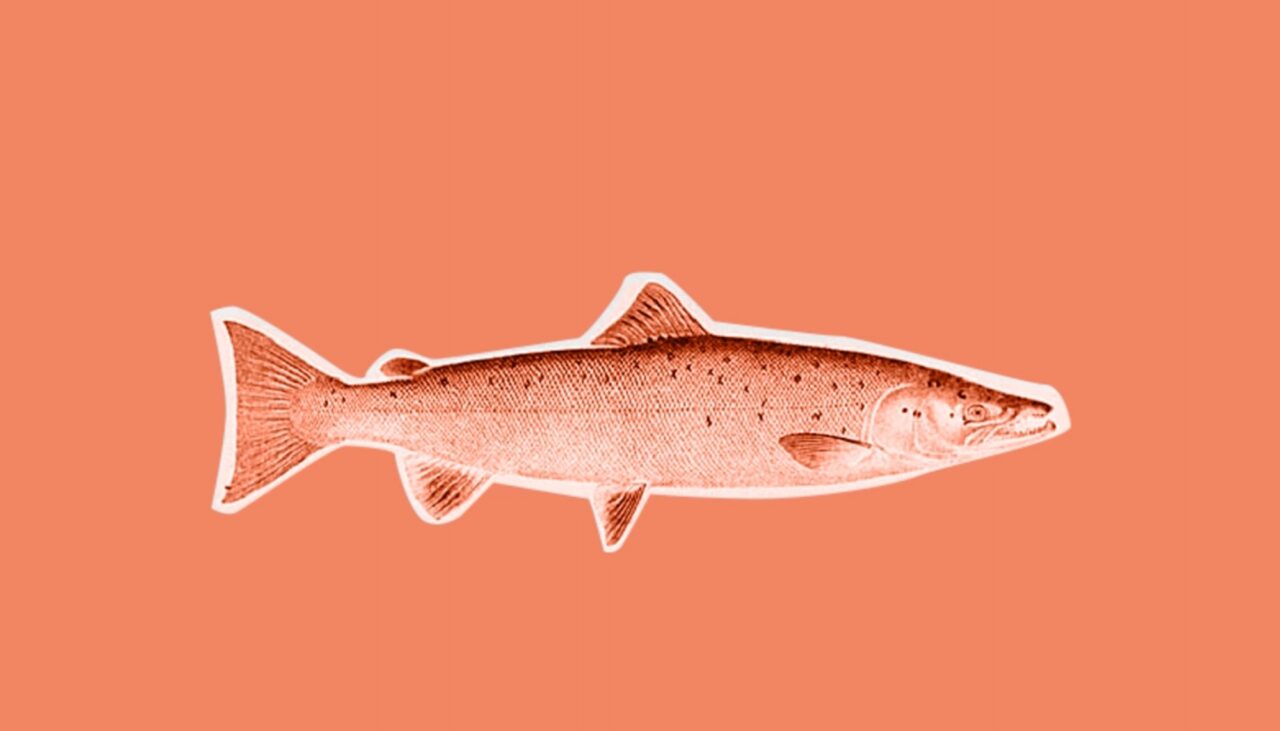
Ida Beitnes is a Associate Professor at the NMBU. Ida has earlier studied stress as an important contributor to the development of cardiac disease in salmonids.
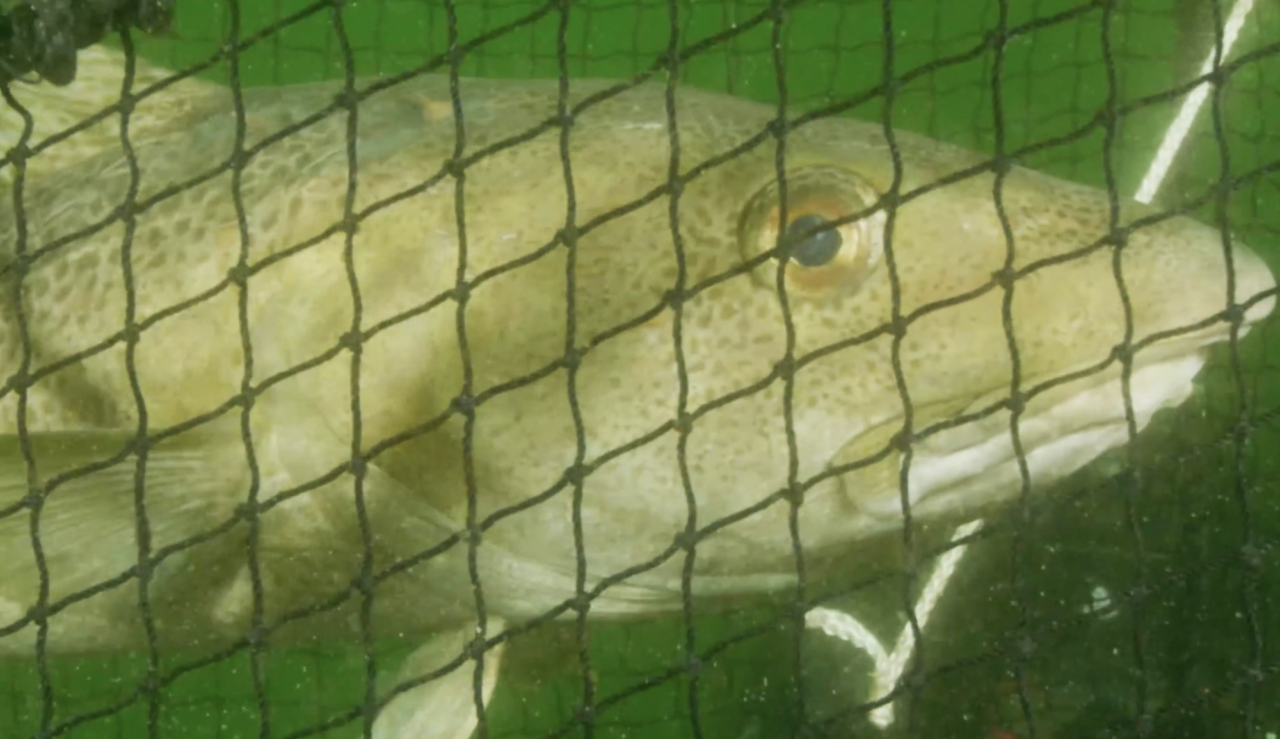
Marco Vindas is an Associate Professor at the Norwegian University of Life Sciences. He conducts research on the neural control of behavior and physiology in fish. He wants to understand emotional and cognitive responses of fish in response to environmental stimuli. Much of his research is focused towards increasing fish welfare and promoting sustainable exploitation of both farmed and wild fish resources.

It is late winter. In Trondheimsfjorden in Norway, the corals and all of their inhabitants are waiting for the return of light and warmth.The sea, just like on land, has seasons that affect behaviors and growth.
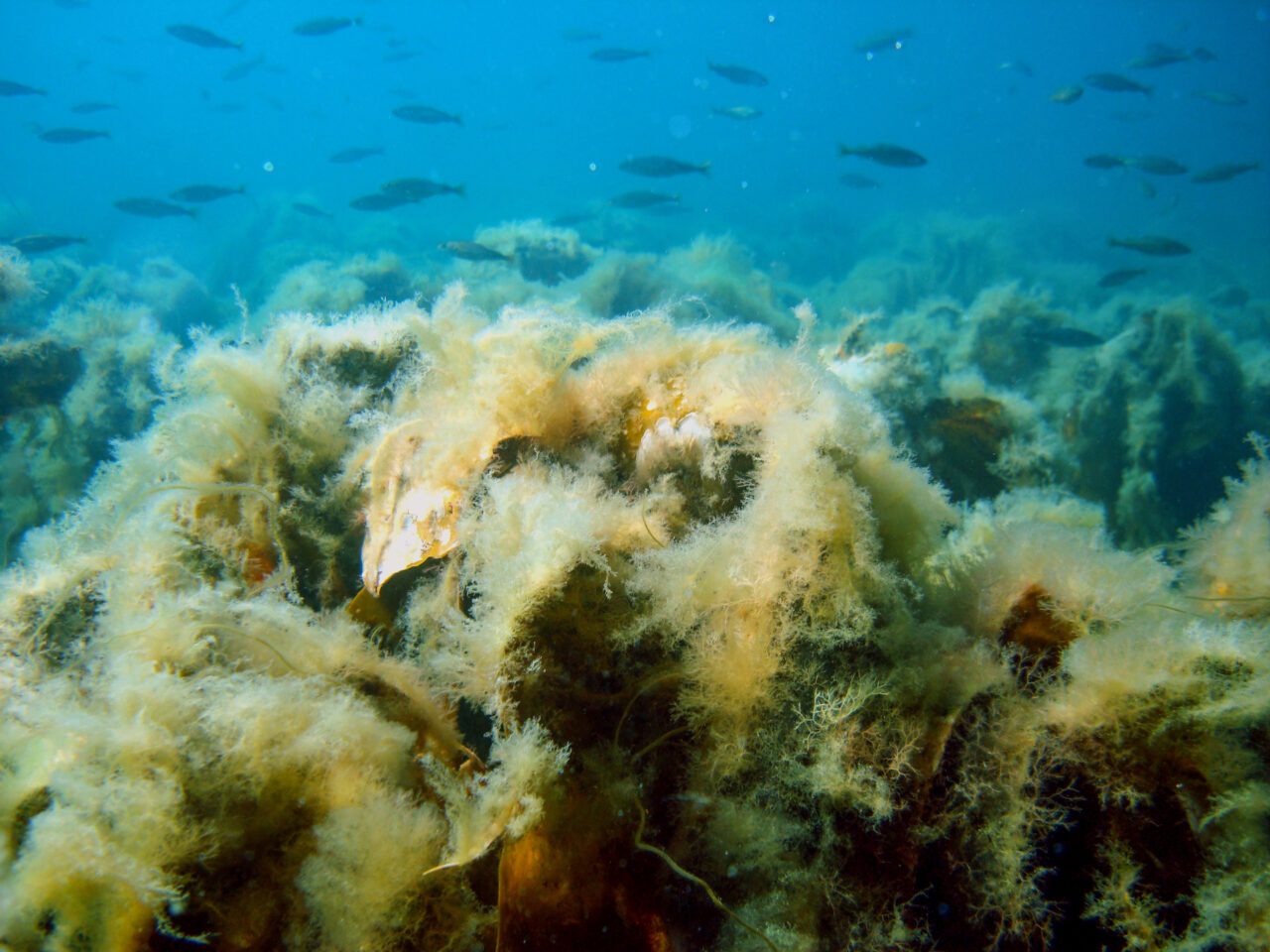
The seas and coasts of much of the world are now ecologically unbalanced. Overfishing has often been cited as the dominant problem. But acidification, eutrophication, environmental plastics, pollution, and climate change are also important factors. The consequences are already significant - not least for people and our economy.
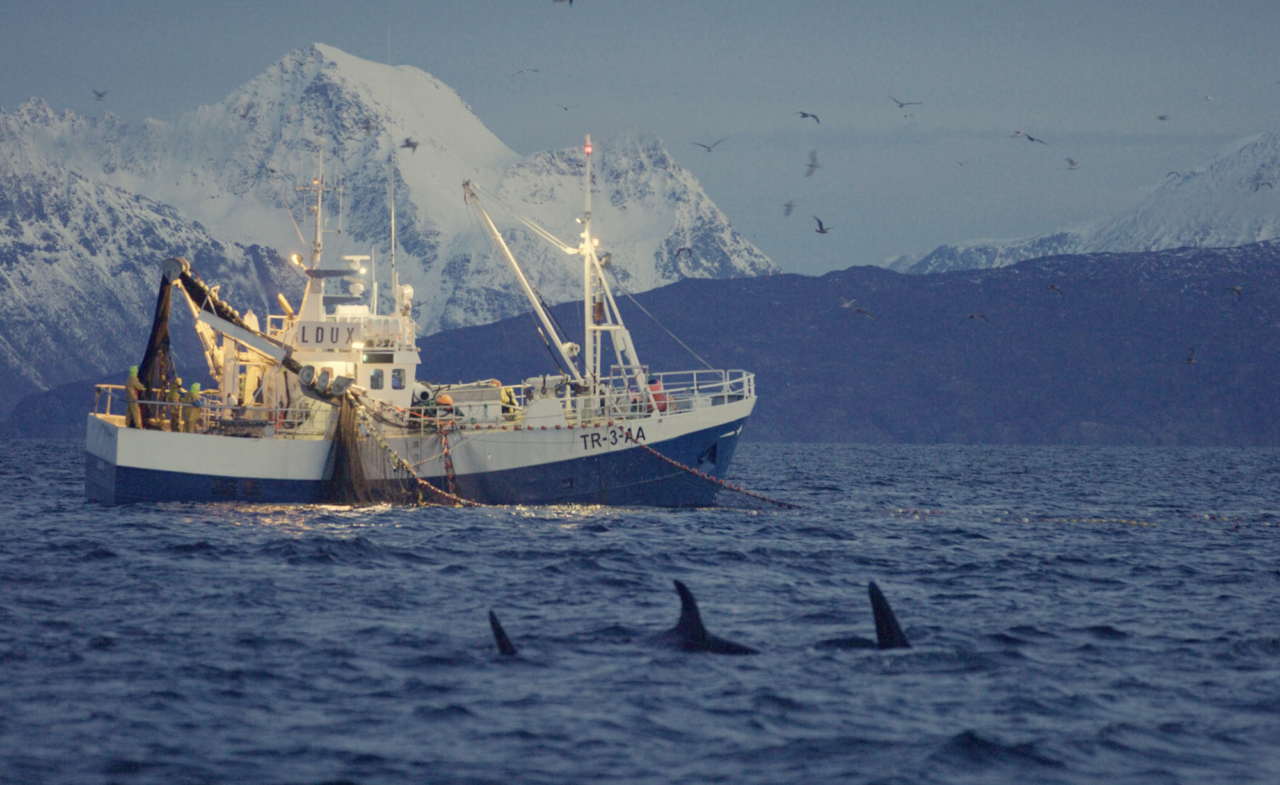
During the summer, there have been alarming reports from the Baltic Sea that the herring is running out. The cod is long gone. The party is over. Of all the world's fish stocks, 90% are fully exploited or threatened with collapse. The oceans are running dry, but there is a sea where there is enough fish for everyone, humans and fish, whales and birds. In northern Norway, the water is teeming with life.
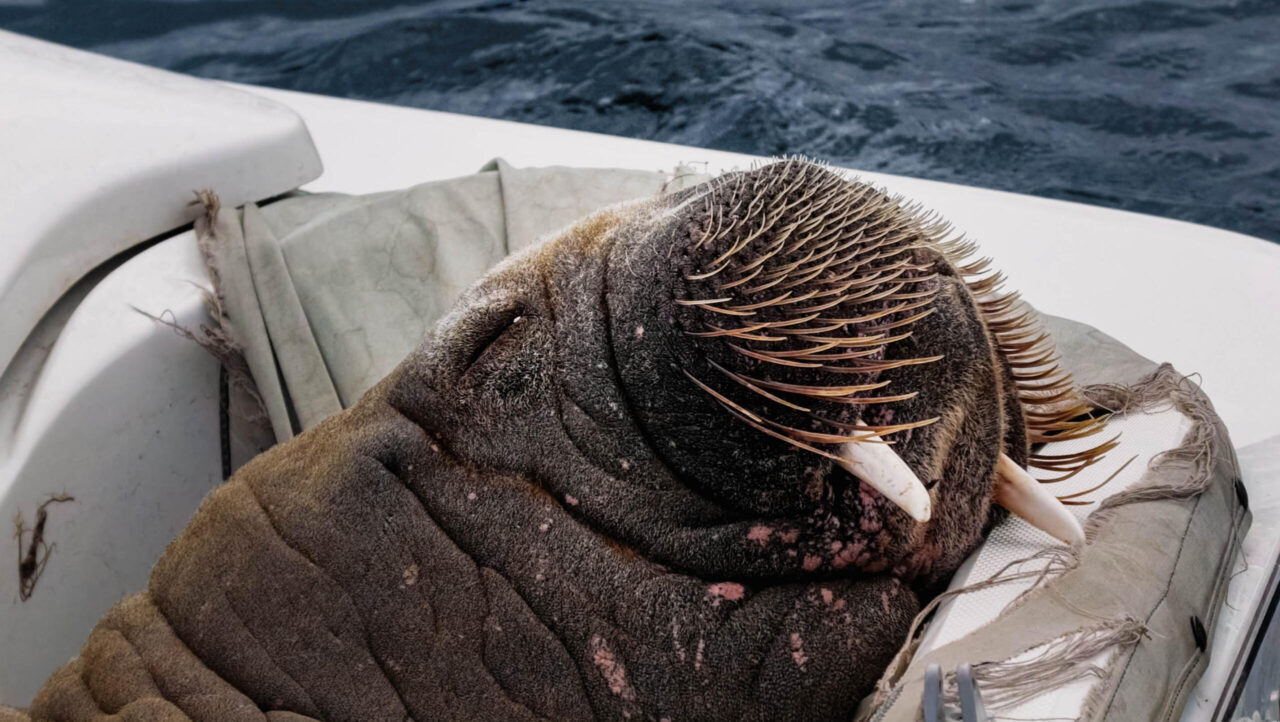
Many Norwegian children probably cried themselves to sleep on Sunday 14 August 2022. In the early hours of the same morning, the popular walrus Freya was killed on behalf of the Norwegian authorities
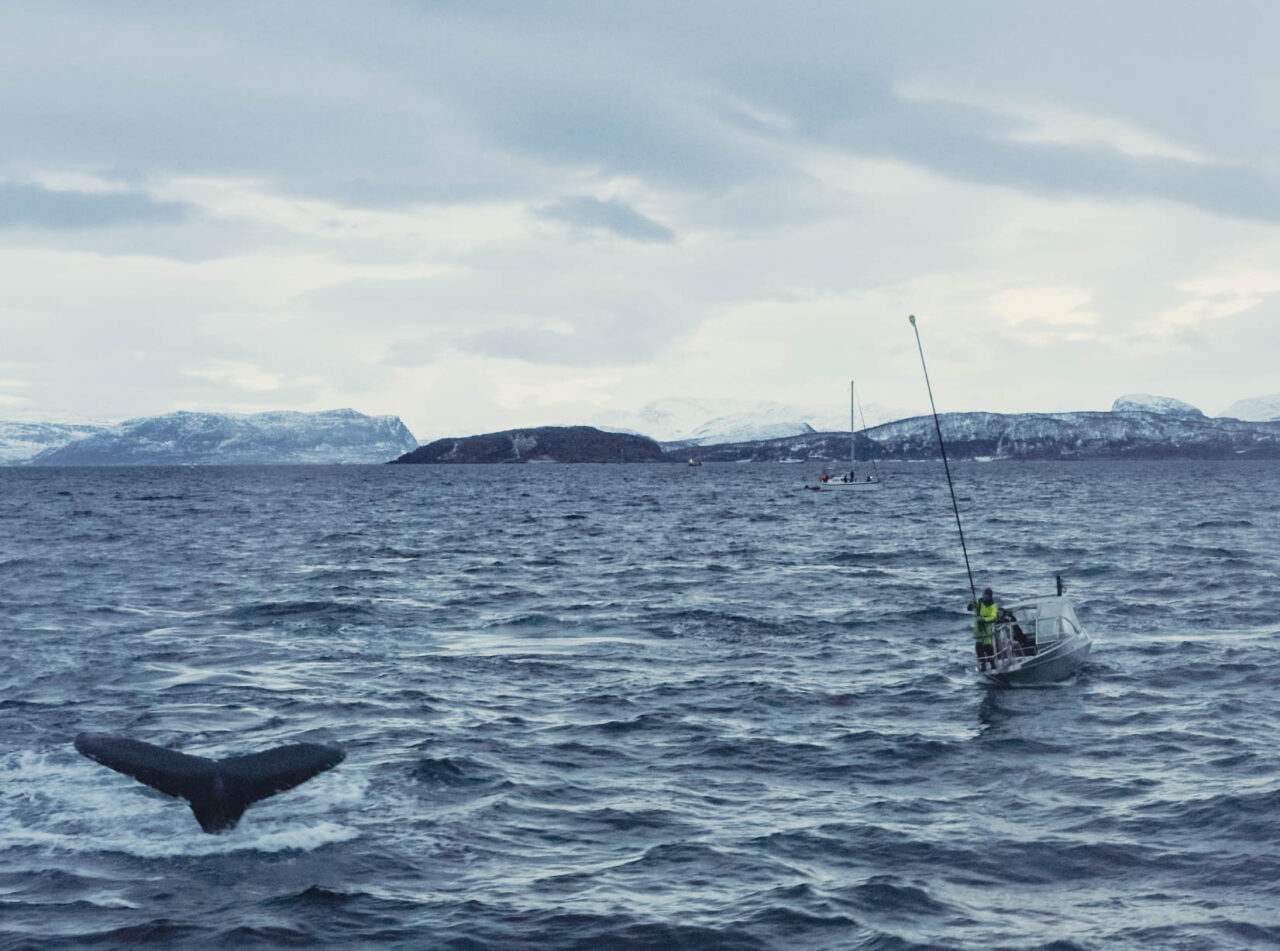
We are going to the northern Norwegian fjord Kvänangen approximately 20 miles north of the Arctic Circle. Fishing boats from all over the Norwegian west coast come to this particular fjord during some intense winter months to fish huge amounts of herring. But there are also other creatures that want the herring. In addition to a number of predatory fish and gulls, an unusually high number of killer whales and large humpback whales have also become increasingly numerous. Sometimes there may be conflict
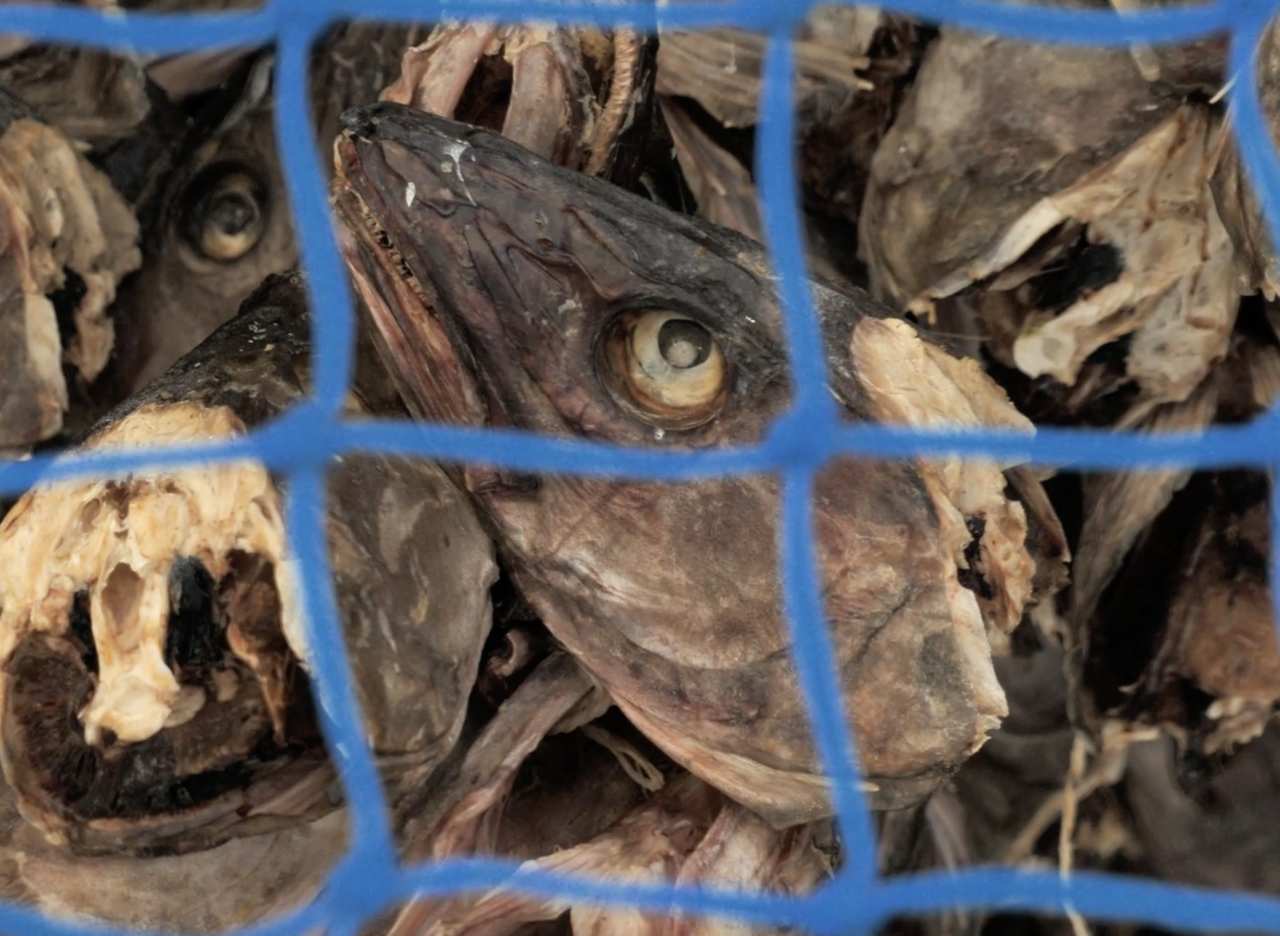
Thousands of cod heads are hanging to dry on the quay off Husöy, a small island in the outer coastal strip of northern Norway. They are to be shipped to Africa, because
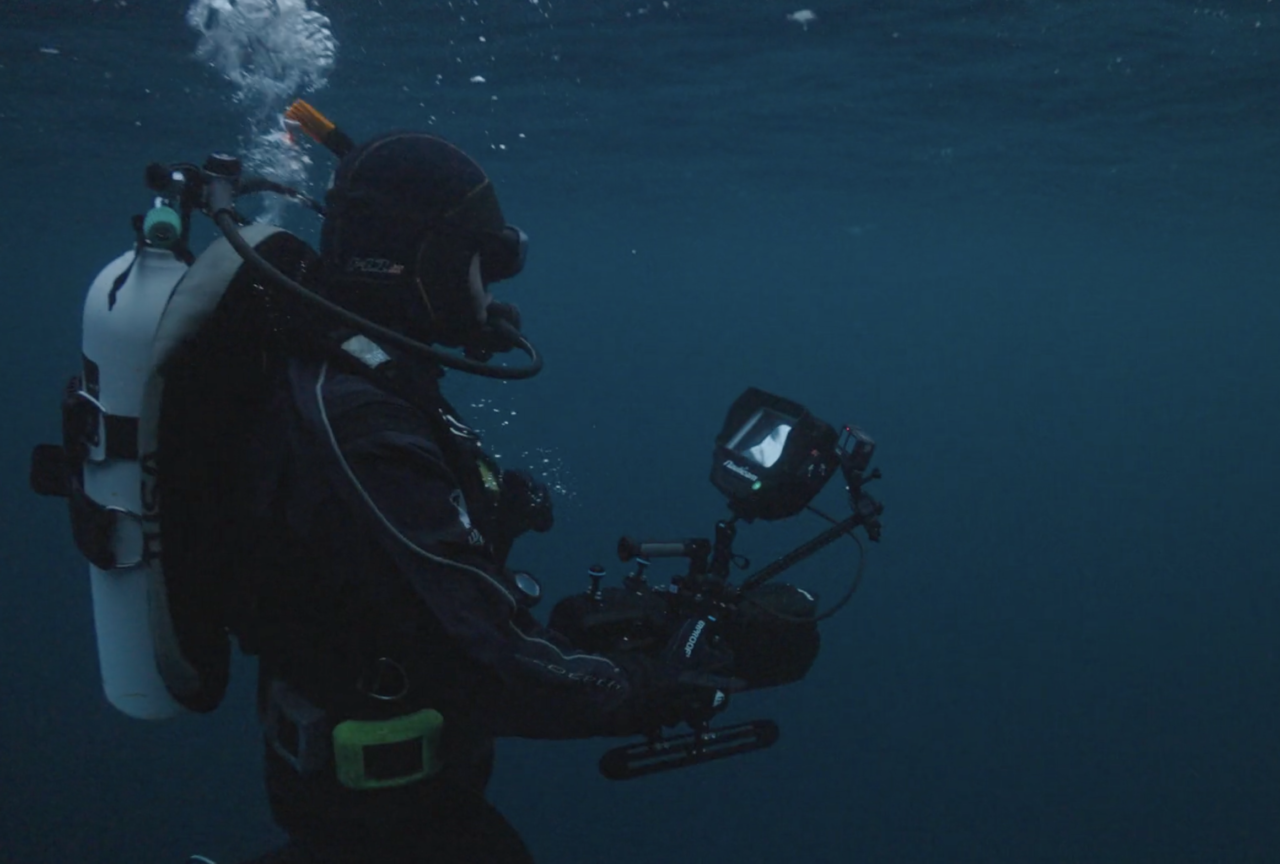
Underwater photography in Northern Norway heads below the surface to film killer whales and humpback whales eating herring. They also dive at night and meet other inhabitants of the Arctic Ocean
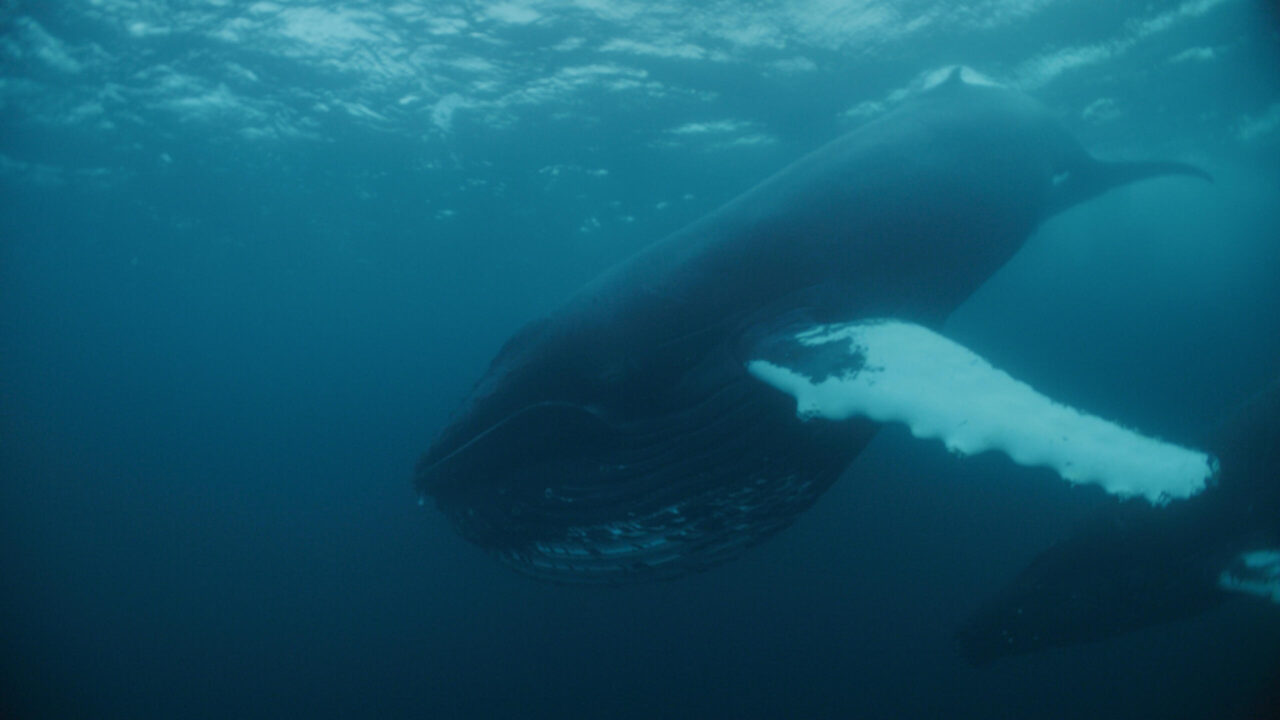
In this second part of the reportage series from Northern Norway, we follow underwater photographer Johan Candert under the surface as he tries to film humpback whales, and he talks about what a challenge it is to capture the large fast animals with the camera during the few bright hours of the day
Johan Candert had been diving and filming underwater for 25 years, but had never seen killer whales or whales in the oceans before. Recently, he returned from an expedition to the Arctic Ocean where he got to meet both species up close